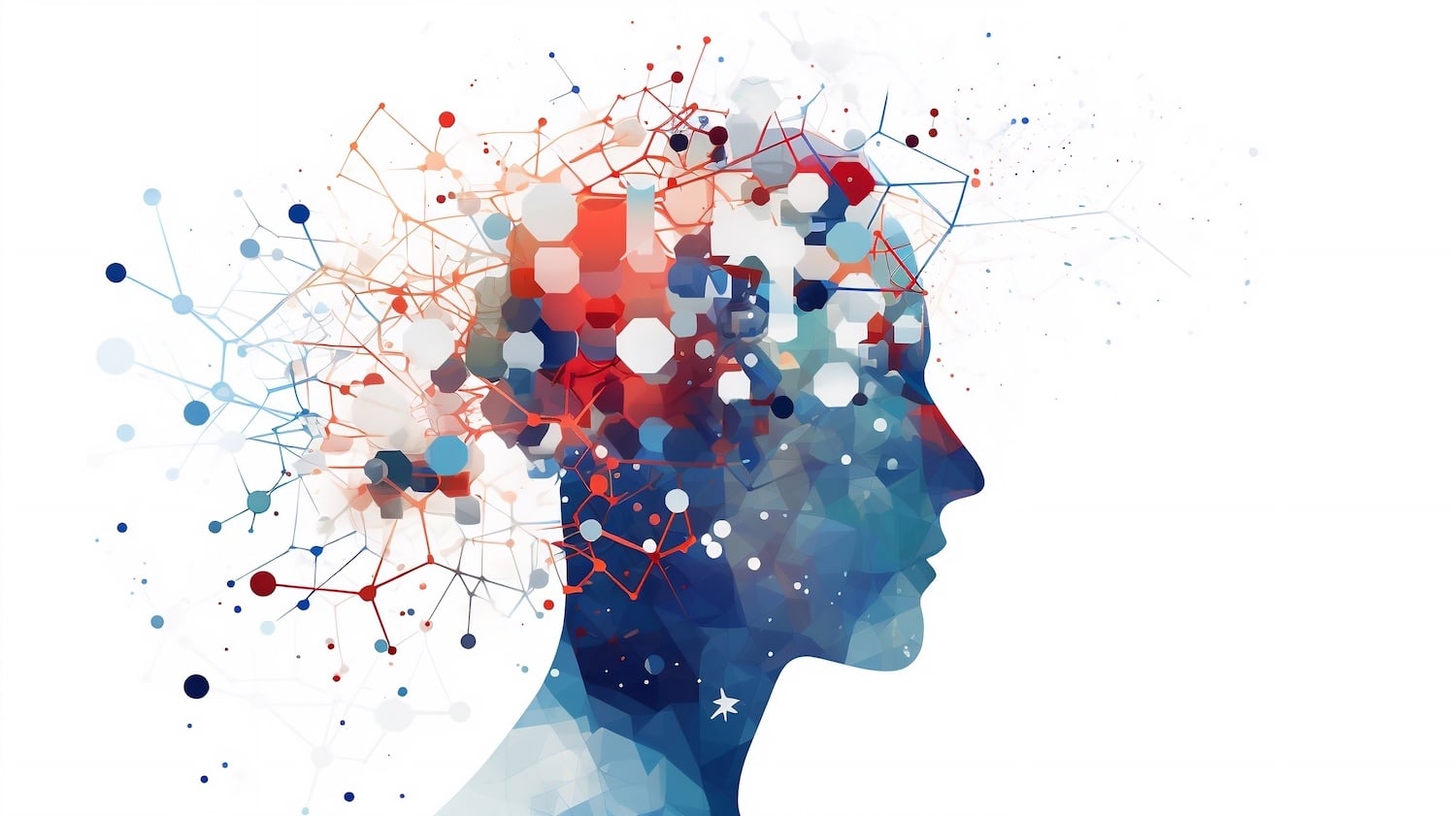The history of heroin use in the United States is easy to track. The substance is a derivative of opium, and currently available as an illicit street drug. A War on Drugs didn’t curtail its availability or use. So, just how did the heroin epidemic develop?
From Opium Dens to a Street Drug that Pushers Sell on Playgrounds: The Heroin Epidemic
Opium was a popular drug in Victorian England and the colonies. It arrived in the United States with Chinese railroad workers. Local physicians learned about the substance and incorporated it in cures for a variety of ailments. In fact, there was a time when opium served as a treatment for alcohol use disorders.Opium was a popular drug in Victorian England and the colonies. It arrived in the United States with Chinese railroad workers.

Local physicians learned about the substance and incorporated it in cures for a variety of ailments. In fact, there was a time when opium served as a treatment for alcohol use disorders.
Opium also served as the starting point for the development of morphine, which became a popular painkiller. Operations during the Civil War became possible because of morphine. However, after the war, the extremely addictive nature of the drug became public knowledge.
To counteract the addictive properties of morphine, doctors created heroin, which they believed to be non-addictive. The use of this drug continued unfettered until 1920 when the substance fell under the Dangerous Drug Act. Congress made heroin illegal. However, it was already too little too late.
By now, countless individuals have suffered from addiction. Established supply lines ensured the continued availability of the substance. Fast forward to today and the opioid pain killer crisis that grips the United States. Since heroin is cheaper than prescription opioids, plenty of individuals switch to the illegal drug, which is easy to find.
What Does a Heroin Addiction Feel Like?
Heroin acts directly on the brain’s reward center. It creates feelings of euphoria and complete relaxation. In the process of building the high, the drug rewrites the brain’s chemistry. It now makes the release of certain neurotransmitters and chemicals such as dopamine dependent on the drug.
As heroin leaves the body and the dopamine diminishes, you feel an incredible letdown. Anxiety, depression, and pain return to an unusual extent. Just to feel normal, you need another fix. For this reason, you chase after the drug, and getting high becomes the focal point of your life.
How to Overcome the Addiction
The history of the heroin epidemic proves that there’s no shortcut to overcoming an addiction. The same is as true today as it was back when heroin was supposed to counteract morphine’s addictive nature. Treatment, however, does offer a substantial opportunity for recovery now. Experienced therapists use modalities such as:
- Detoxification to break the physiological dependence on the drug
- Residential treatment that takes you out of an environment that encourages use
- Trauma therapy helps you to overcome past situations that lack the proper resolution and affect your actions today
- One-on-one therapy
- Group therapy
- Family therapy provide active interventions by skilled therapists to promote healing



